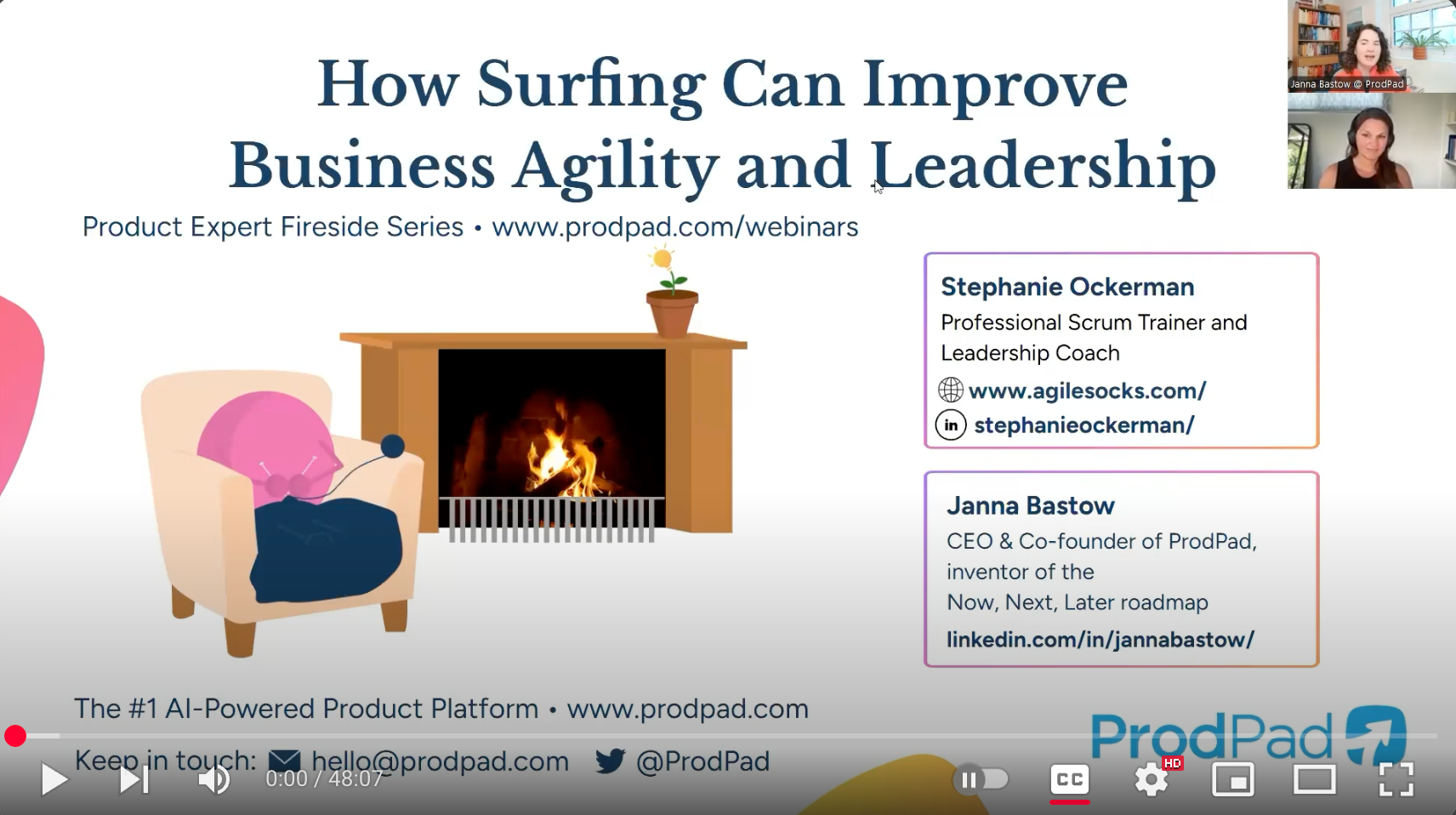As the most popular agile framework, organizations use Scrum for doing complex work in sectors ranging from software and hardware development to marketing and recruitment. With this widespread adoption, some variation in how teams practice Scrum has inevitably evolved. At the same time, some organizations that have turned to Scrum wonder if they are getting its full benefits. So, how do you know if Scrum is working? In this article, I outline three questions that can help determine if you’re getting value from Scrum. Your answers might point to adjustments you can make to your practice to improve outcomes.
Scrum is a path to business agility
Organizations adopt Scrum to achieve business agility so they can manage uncertainty and risk in complex environments to achieve their goals. Scrum helps deliver high-value creative solutions in increments of value over short periods (no longer than a month), called Sprints.
The framework depends on having a clear vision and an understanding of what you want to achieve. It requires embracing an agile mindset, which involves collaboration, flexibility, team empowerment and a willingness to experiment in the face of possible failure to navigate uncertainty and enable continuous improvement.
Adopting Scrum practices while maintaining old organizational structures and processes is a common misstep when embarking on an agile journey. Without truly embracing the principles of agility in your approach, Scrum won’t deliver the benefits it’s known for.
So, how do you know if you’re getting the value you deserve from Scrum? Let’s turn to the three questions that can help you determine that.
#1 Are you getting a return on investment soon enough?
Whatever product or initiative your organization undertakes requires a discussion about the expected return on investment (ROI). Business owners and organizational leaders must decide where best to invest their staff and resources.
Delivering features and functionality your customers want and find valuable sooner significantly benefits your bottom line. Rather than tying up large amounts of budget for a long time without getting any return, using Scrum as intended by its creators allows you to deliver value incrementally and get some returns along the way.
Even if your product is not sold to customers but instead used internally, it can still have ROI. For example, you can measure value in terms of time saved, new customer services, or improved job satisfaction.
Scrum reality check: If your Scrum Team isn’t delivering product value much more frequently than before you implemented Scrum, this is often an indicator that you may not be taking an empirical and collaborative approach to how you work with customers to understand, deliver, and measure value.
#2 Do you have enough transparency, flexibility and control over investment decisions?
Scrum gives the organization transparency, flexibility and control over investment decisions because it focuses on delivering a small slice of usable value every Sprint. This limits the investment risk to a shorter time frame.
Having a usable Increment every Sprint also enables frequent feedback and assessment of changes in your environment, allowing you to validate that you are moving in the right direction and honing in on the desired outcomes. If not, you can pivot. Sometimes the best decision is to stop investing in an initiative. The sooner you stop, the better because there won’t be as much waste. You haven’t tied up people and resources for months or years before discovering that what you created missed the mark or is no longer needed.
Scrum reality check: If your Scrum Team takes several Sprints to produce a Done increment, it often indicates you are applying the old paradigm to your work (i.e. using a traditional waterfall approach and trying to fit Sprints around it). This can happen when there are handoffs between Scrum Teams (i.e. lack of cross-functionality or collaboration). Not getting to Done can also often result from a Product Backlog that looks more like a traditional project plan of tasks or a technical requirements specification rather than a transparent ordered list of value to be created.
#3 How easily can you change direction to take advantage of opportunities and respond to risks?
Another way to word this question is, “How much waste will you have if the organization needs to stop investing in initiative A and pivot to initiative B?” There will likely be some waste, but you can work in a way that reduces that waste. And that also helps us avoid getting stuck in the sunk cost fallacy.
When you are not bound to projects and initiatives with long time horizons before realizing any value, it’s much easier to change course. By delivering value in shorter cycles, you’ve realized whatever ROI you could, putting the organization in a better position to shift resources to take advantage of new opportunities that arise or respond to risks.
Innumerable circumstances require organizations to change how they invest their people and resources. Emerging markets, changing customer behaviors, new revenue streams, technological breakthroughs, and adapting business operations to meet new needs or world circumstances are just a few examples. Being able to respond to these conditions quickly is the ultimate competitive advantage.
Scrum reality check: If your team is working on several parallel initiatives without tangible progress toward customer outcomes Sprint after Sprint, it could indicate that you need to make more intentional choices about how to invest in the product in a focused value-driven way. I have seen this show up when a Product Owner is not genuinely empowered, resulting in a Product Backlog containing a random smattering of items to “show progress” each Sprint on every stakeholder’s favorite initiative. Working on everything at once to “show progress” results in everything taking longer to get done. And when lots of initiatives are “in progress,” there will be more waste when you want to shift direction.
How did you do?
Scrum is notoriously easy to understand and difficult to use well. Organizations and teams seeking greater business agility succeed by committing to continuously improving their practice. It’s easy to become disillusioned and abandon Scrum because it’s “not working.” Or to accept mediocre results because it “feels like” there is more visibility than before. Often, the reality is that organizations need to strengthen and develop the agile skills and mindset necessary to realize Scrum’s benefits.
You might not have been able to answer the questions I’ve proposed here with a “yes” or “no” answer, and that’s ok. You might see satisfactory success in some areas but not others—success is a spectrum. Also, you might resolve that you’re successful enough today but realize six months from now that you aren’t. Regularly revisiting these questions can offer the reality check you need to realign and continue to improve. No team or organization ever achieves “perfect agility” – whatever that means. It’s about being intentional on your journey.
Take your Scrum practice further
Join me for a Professional Scrum Training class to delve more deeply into how to get closer to “yes” on the questions in this post.



